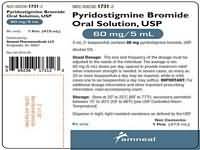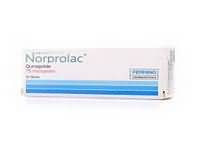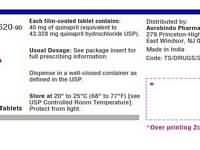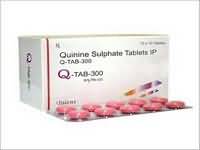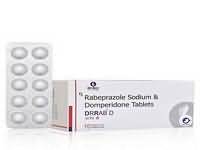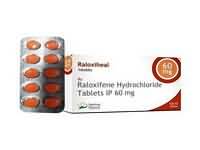mebendazole

CLINICAL USE
Treatment of threadworm, roundworm, whipworm, and hookworm infectionsDOSE IN NORMAL RENAL FUNCTION
Threadworm: 100 mg as a single dose; if re- infection occurs repeat after 2–3 weeksWhipworm, roundworm, hookworm: 100 mg twice daily for 3 daysEchinococcosis: 40–50 mg/kg daily for at least 3–6 monthsPHARMACOKINETICS
DOSE IN RENAL IMPAIRMENT
GFR (mL/MIN)
DOSE IN PATIENTS UNDERGOING RENAL REPLACEMENT THERAPIES
IMPORTANT DRUG INTERACTIONS
Potentially hazardous interactions with other drugsCimetidine: possibly inhibits metabolism of mebendazole
Phenytoin, carbamazepine and phenobarbital: lower mebendazole concentrations, only relevant when being used in high doses for echinococcosis
ADMINISTRATION
Reconstition
–Route
OralRate of Administration
–Comments
–OTHER INFORMATION
See how to identify renal failure stages according to GFR calculation
See how to diagnose irreversible renal disease
Home
